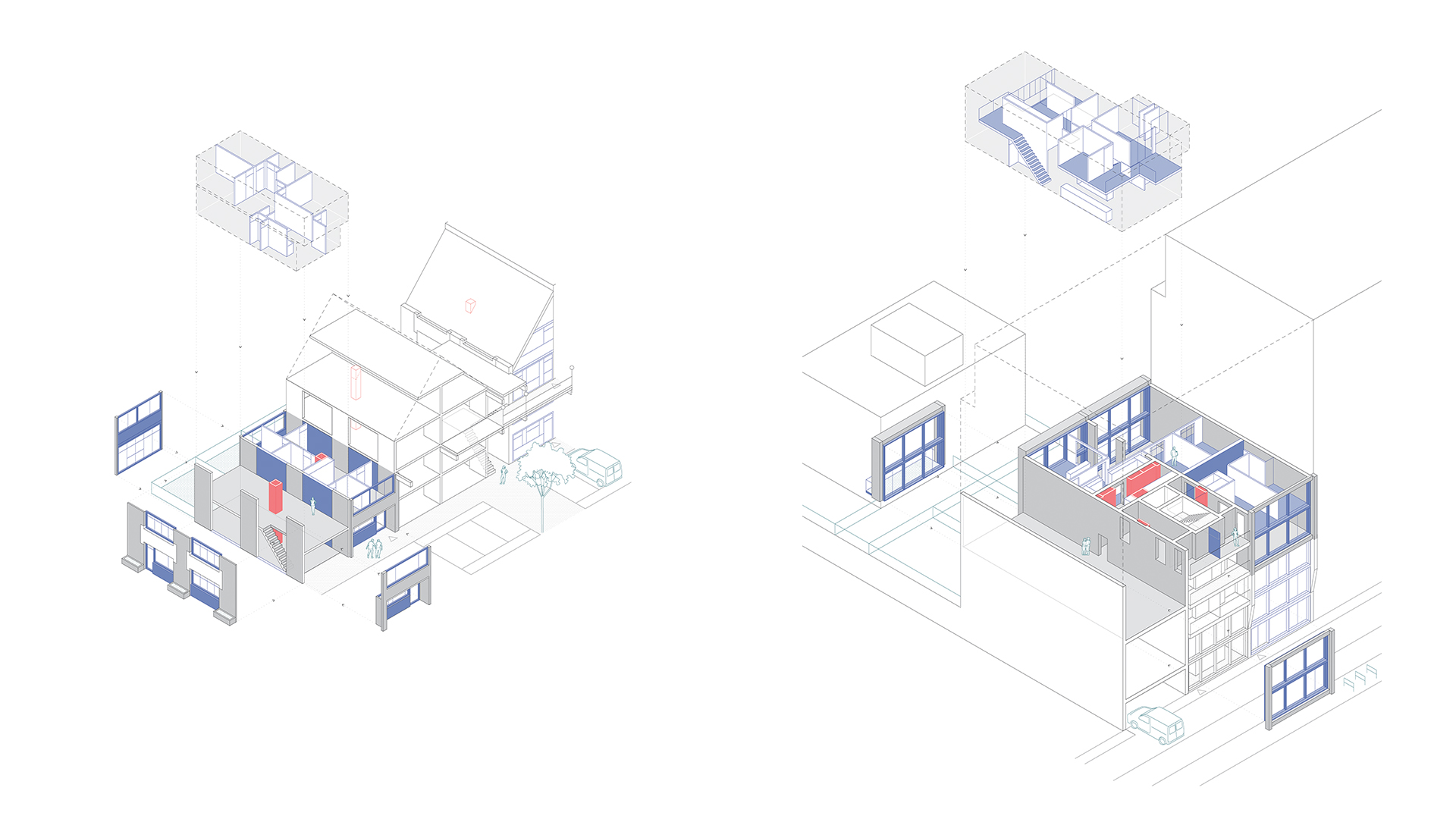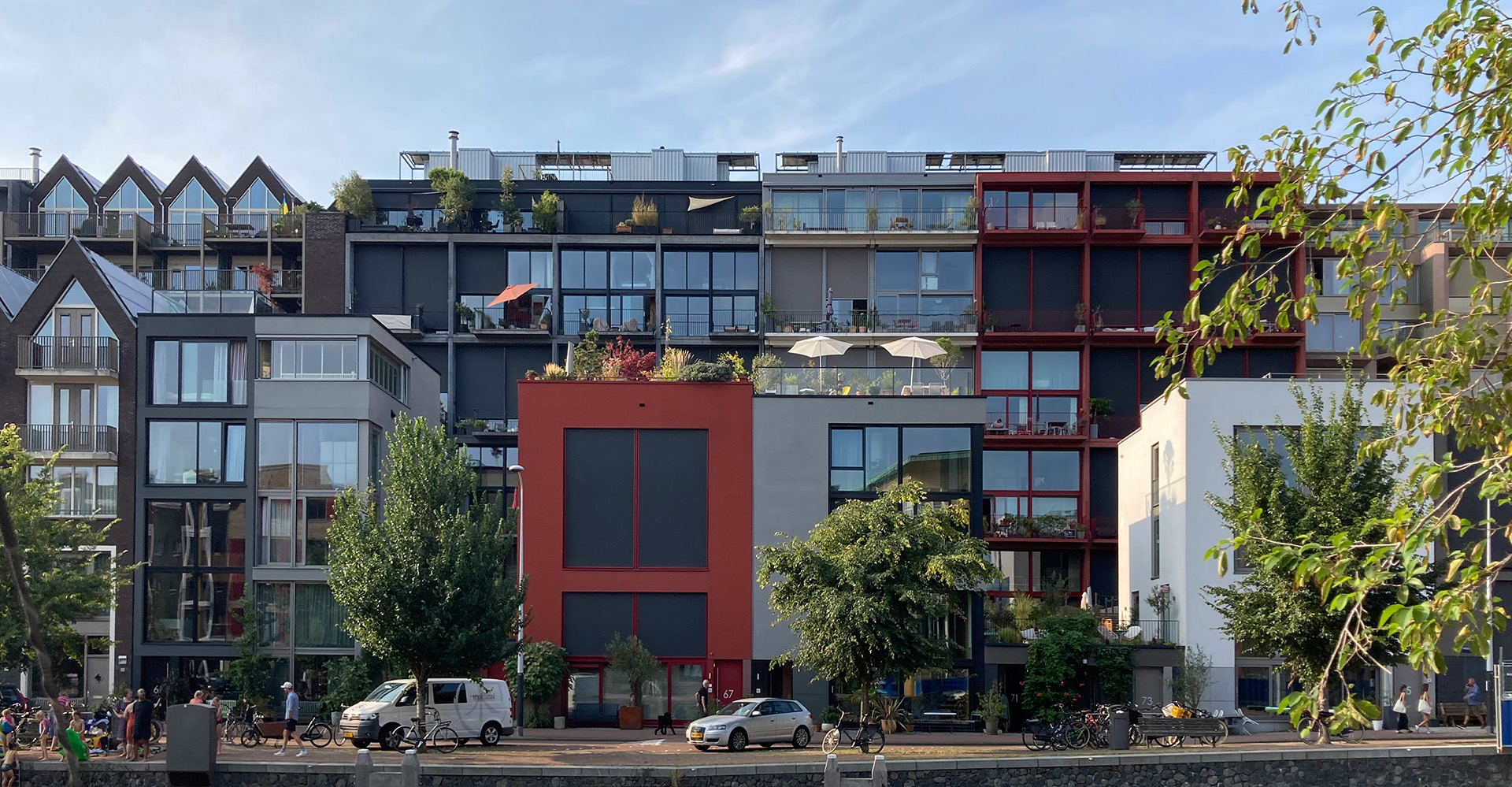How the housing crisis is bringing back a building practice from the 60s
Íñigo Cornago Bonal is, or has been at various times, an artist, teacher, architect, urban planner, researcher… But one common theme is his belief in democratisation of the built environment. “Its design and management has massive implications for us all. When so much is at stake, people deserve to have a say.” His conviction naturally led to a fascination with his current research topic: the re-emergence of the ‘open building’-approach. Largely forgotten by the turn of the century, this flexible form of housing construction might be making a comeback.
For the past decade, Íñigo taught architecture while participating in various projects. “For example, documenting temporary public kitchens during City Cook Book. Or working on a master plan for Selb, a shrinking city in Germany.” He also acted as Workshop Coordinator for two editions of the international Archiprix competition. “For the one in the Indian city of Ahmedabad, my team produced a 9-meter-long annotated cross-section of the city. It introduced the Archiprix participants to Ahmedabad and informed their designs.”
He describes the common thread in these projects as “a fascination with user participation, either intentional or unintended, in architecture and the discourse around it.” And his current PhD research perfectly matches this theme.
‘Open buildings’, a Dutch invention
To explain, Íñigo takes us back to the 1950s. “Back then, the Dutch state was building large-scale modernist housing projects for rent. Many people, among them architects and designers, started criticising the homogeneity and inadaptability of these dwellings. In response, the architect John Habraken developed the ‘open building’-approach in the 1960s as a compromise.”
Habraken’s insight was that apartments can be divided between the ‘support’ and the ‘infill’. He imagined a system where residents would receive only the support: essentially an empty frame and some services. They are then free to install walls, windows, stairs… thus partially becoming designers of their own home.
While Habraken was mainly concerned with theory, he inspired a group of architects and designers to try and apply these principles. Íñigo: “Some test cases of housing were built, and certain principles entered the construction industry. But it was never mainstream.” And when the boom in housing construction came during the 80s and 90s, the approach was mostly abandoned.
Studying the new wave
So, what changed? Íñigo: “During the crisis of 2008, large housing developers were hit hard and construction suddenly froze. As a result, construction companies and architects came together to start smaller projects. And some of these groups rediscovered the open building approach.” Why? Well, Íñigo is not sure. Which is why he studies three new ‘open’ apartment buildings. “Although their specific approaches vary, each offers residents a lot of agency in the design of their house.”
As of writing, Íñigo mainly studied one of the three communities. To his surprise, the group seems highly varied at first glance. “There are retirees, students, families with small children... However, the majority of the people identify as politically left-leaning and are quite well-off. And they are, or were, mostly white-collar workers from creative industries.”
He also describes one anecdote which struck him: “One group of residents decided to combine their gardens into a shared central area. They indicate that this relatively simple design choice makes their entire block feel ‘nicer and more luxurious’, and I agree. In fact, they are so attached to this garden that they almost had a real estate agent fired when he suggested to potential new residents that they could fence off their section.”
Is open really better?
According to its proponents, the open building approach expands possibilities for residents, which manifests in two ways: allowing for more types of households to get a suitable apartment and lowering overall costs. Íñigo: “The latter claim is based on the ideas that low-income households can choose to create smaller apartments and use cheap materials to minimize infill costs.” But Íñigo is not yet convinced: “My research should determine whether this claim holds up in practice.”
Published: September 2024
More information
- The banner image of this article was generated with Ideogram. Other images made by and owned by Íñigo Cornago Bonal.
- Read our most recent research stories about the housing crisis: how to make a temporary house a home, or crucial insights about the Dutch housing market.



